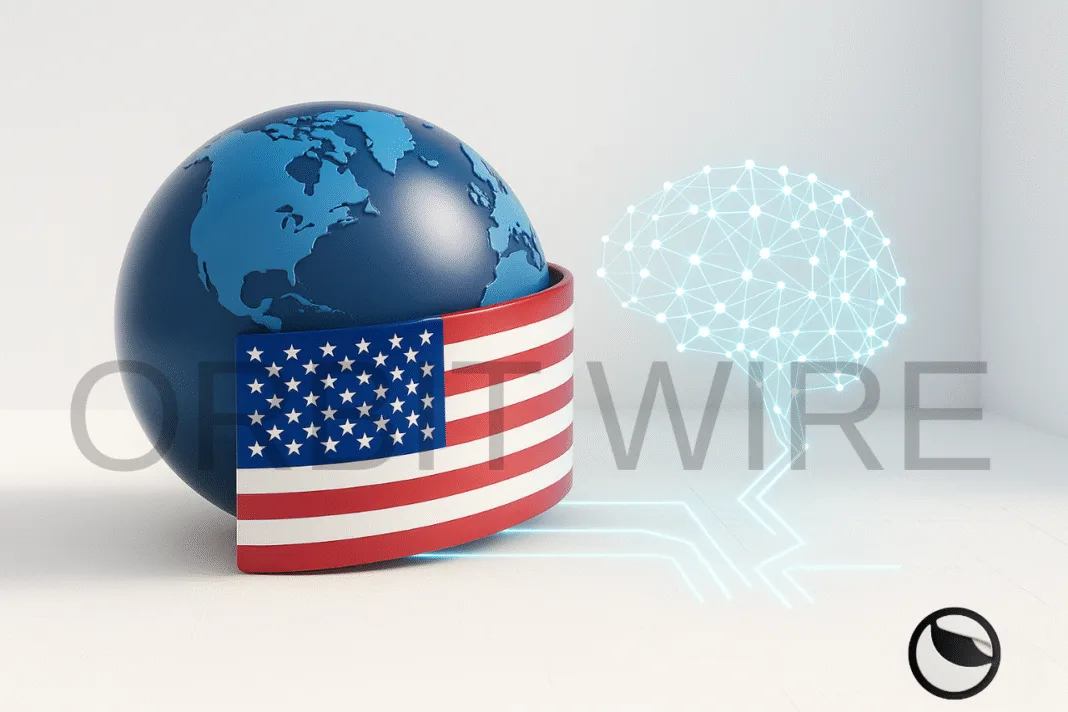In today’s digital world, algorithms are everywhere. They drive the artificial intelligence that recommends what we watch, and even powers self-driving cars. At their core, algorithms are step-by-step instructions, and AI combines thousands of them to learn, adapt, and improve on its own.
This same principle is transforming cryptocurrency. Digital assets are not just tokens of value; they are programmable systems governed by code. When AI shows how adaptive logic can outperform static rules, it is worth asking how this technology connects to blockchain and to stablecoins in particular.
Unlike stablecoins backed by cash or commodities, algorithmic stablecoins rely on programmed supply adjustments to keep their price steady. TerraClassicUSD (USTC) is a prime example. Its original design aimed to maintain stability using code alone, without the need for centralized reserves. Although USTC has faced major challenges, the concept behind it reflects a future where money can regulate itself automatically, much like AI systems that learn and self-correct.
With rapid advancements in artificial intelligence, the idea of algorithm-backed stability is more relevant than ever. Just as AI systems analyze vast amounts of data to make better decisions, improved blockchain algorithms could balance supply and demand in real time to preserve price stability.
The world is entering an age where adaptive systems dominate every sector. If stablecoins evolve alongside AI learning, rebalancing, and refining themselves, USTC could become more than a digital currency. It could stand as proof that programmable money, guided by smarter algorithms, is the future of decentralized finance.

